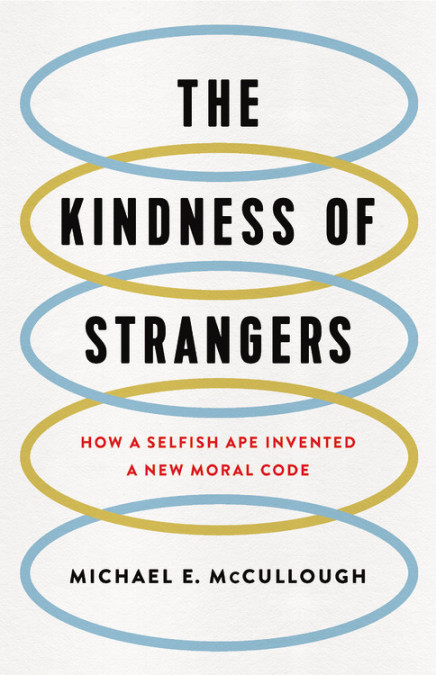The world is confronting a level of suffering unlike any we have experienced for many decades. The World Bank estimates that the COVID-19 pandemic will push as many as 150 million people into extreme poverty worldwide. Closer to home, nearly 6% of Americans are currently out of work, and one out of every seven households with children didn’t get enough to eat in the past seven days. Tragically, our non-profit organizations are suffering as well. Due to a lack of cash, ten percent of them may go out of business by the end of the year—and with them, the services they provide to their communities will disappear as well.
Most of us would like to do something meaningful to help others during these dismal times–especially during the holidays. In the face of so much suffering, however, it’s easy to experience choice paralysis: How do we choose how to help, and whom to help, and how much to help? In this world of finite resources, we can’t help everybody. And with so much need all around us, it is tempting to conclude that there’s no point in trying to help anybody. How can we overcome this despondency about the practical value of our own altruistic impulses?
Over the past several years, I have been studying the history of human generosity in order to figure out how our ancestors made these choices for themselves. In doing so, I have identified five principles that have, time and time again, helped people—individuals and societies alike—to overcome their own philanthropic choice paralysis. These five lessons are no less relevant today than they were when they were discovered decades, centuries, or even millennia ago.
- Give cost-effectively. We are inclined to focus too much on how much time, money, and energy we put into our helping, and not nearly enough on how much of a difference that help will make in others’ lives. Many well-intentioned efforts simply relieve less suffering than others do. We should seek out information on how to get the most bang for our charitable buck.
- Give globally and locally. The situation in the US is dire, and we are right to want to help people who are suffering here at home, but if coronavirus takes hold in the world’s poorest nations, the consequences will be catastrophic. As you think about how to invest your time and treasure into charitable activity, keep an eye not only on the US, but also on how Coronavirus is affecting the poorest countries in Africa, Latin America, the Middle East, and Southeast Asia.
- Give collectively. For as long as we have been human, people have pooled their resources to help each other through tough times. Two and a half millennia ago, we began to extend this same logic to the welfare of strangers: When we pool our resources by making contributions to highly respected, cost-effective charities, we can achieve economies of scale that allow us to solve problems decisively instead of merely putting Band-Aids on them.
- Give cash. We can help people by serving food, offering emotional support, or basic acts of kindness, of course, but one of the most effective things we can give to people with acute needs is cash. You can’t know exactly what a stranger need most urgently, but he or she does. You can’t pay the rent in diapers, and you can’t pay for child care with food or medicine. With money, though, you can pay for any and all of them.
- Set it and forget it. Once you have set your priorities for how to give and how much to give, set your commitments in stone by putting them on autopay. By allowing the charities you select to draw monthly from your bank account, or to charge to your credit card, you won’t have to face choice paralysis again.
By observing these principles, we can not only avoid choice paralysis as we try to act on our most beneficent impulses: We can also imbue our volunteering and our giving with the meaning and purpose that comes from knowing that we are, as the ethicist Peter Singer put it, “doing the most good we can do.”
Originally published in The Social Scientist, the official magazine of the Division of Social Sciences at The University of California, San Diego.
